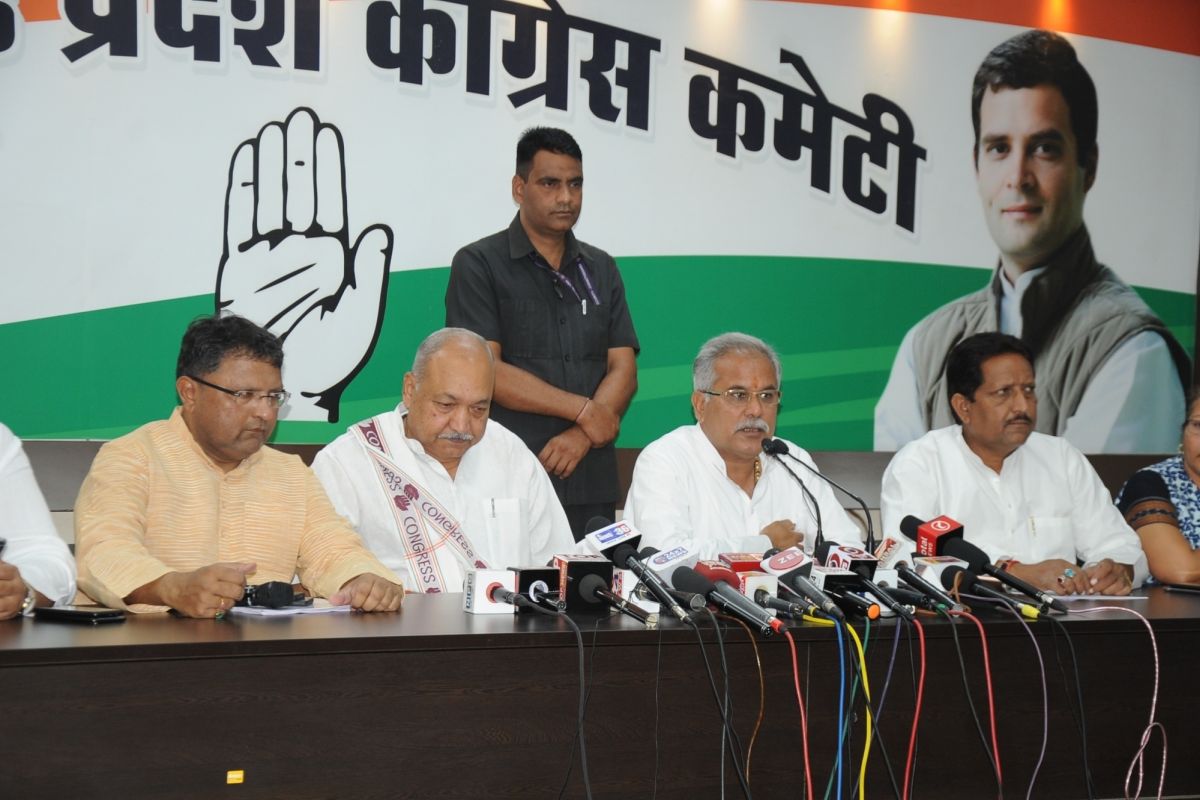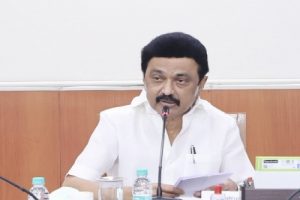Pollsters who were expecting a pitched and high-decibel election this year are scratching their heads as to why voters have maintained an stoic silence throughout such a high-stakes Chhattisgarh Lok Sabha polls. The month-long, low intensity and often dispirited seeming, campaigning came to an end on Sunday. Chhattisgarh goes to poll for its last seven Lok Sabha constituencies on 23 April.
Voting in the third and final phase in Chhattisgarh will determine the political landscape of the state with the credence of almost every heavyweight put to test. Durg LS seat has the potential of diminishing or boosting the political standing of CM Bhupesh Baghel, home minister Tamradhwaj Sahu, Agriculture minister Rabindra Chaubey and veteran Congress leader Moti lal Vora.
Advertisement
It will also determine the dynamics between BJP national general secretary Saroj Pandey and former minister Prem Prakash Pandey. Korba constituency is the litmus test for Assembly speaker Dr Charan Das Mahant whose wife Jyotsana is contesting on a Congress ticket.
The mandate in Sarguja, the pocket borough of health minister TS Singh Deo will be the indicator of how far he has been able to convince his sulking supporters, while Mahasamund will be the parameter of how much Congress heavyweight Dhanendra Sahu matters in the Sahu community and Congress politics. BJP top gun Brijmohan Agrawal’s standing will be ratified by the results in Raipur LS constituency.
READ | Lok Sabha elections 2019 Phase 3 | Key constituencies, candidates in biggest phase comprising 117 seats
Everyone with a slight knowledge of Chhattisgarh politics expected a pitched battle, with the ruling Congress having an edge, when electioneering commenced in the predominantly tribal Chhattisgarh. BJP was thought to be a pack of disheartened people after its devastating rout in the 2018 assembly polls. However, RSS which usually takes a back seat in election related activity, took up the cudgel and reinvigorated its cadre and support base.
The ruling Congress on the other hand was busy rejoicing in the power it snatched from the saffron camp. The resuscitated grand old party raised the bar and promised to bag all 10 seats from the BJP. If that was to be true, a turf war was inevitable with fiery Modi-Shah on the one side and headstrong chief minister Bhupesh Baghel on the other.
The hustings set off on an astonishing note with the BJP replacing all its incumbent MPs with relatively new faces, triggering internal discord. Congress strategists pinned their hopes on this ongoing feuds within the BJP and the loan waiver scheme implemented by the Baghel dispensation. The party also had a feeling that their candidate selection was a bit better. While premising their poll strategy on these factors, they believed Narendra Modi was no longer a factor in Chhattisgarh.
Campaigning began in a clumsy and haphazard manner from both the sides and their was no visible wave when restless Bastar went to the polls on 11 April. However, it was the BJP which geared itself up with its typical aggression after its lone MLA from Maoist-infested Bastar, Bhima Mandavi, was assassinated by the ultras in Dantewada. Top leaders including PM Narendra Modi and home minister Rajnath Singh raised the bogey of Maoist-Congress nexus.
The issue got a thumping boost amidst the ongoing saffron outcry over the Congress manifesto’s alleged pro-separatist promises.
A series of barb exchanges between the leaders also erupted, but nothing could encourage the voters to speak up openly. However, analysts who have keenly observed the electioneering in the state tried to decrypt the signals emanating from the masses and found striking contrasts.
One, there is a huge under current in favour of Modi among the OBCs, upper caste, women and youth; and two; farmers are happy that Baghel kept his words on farm loan waiver.
“A latent Modi wave seems to be awakening, but there is a palpable difference this time. Modi supporters have maintained a silence, apparently for the fear of ‘Bhakt’ barbs and insults openly hurled at them by the more educated elites,” explains Barun Srivastava, editor of a Hindi daily.
PM Modi’s OBC and strong Hindu credentials also seems to have gripped the public opinion, he opined. Modi himself triggered the slugfest over his caste by announcing that Sahus are called Modi in Gujarat. Although it was widely known that he belongs to Teli Ghanchi community, his open admission had a rippling effect.
“We know that Modiji belongs to our community. His brother Prahlad Modi is a frequent visitor in our community programmes in Chhattisgarh and there is no denying that a large chunk of Sahus have rallied behind him due to the feeling of kinship. Other OBC castes like Kalars, Kurmis, Yadavas have also been nostalgic about Modi’s OBC connect,” Congress leader Dr. Chandrika Sahu elaborates.
Click for more 2019 Election news











